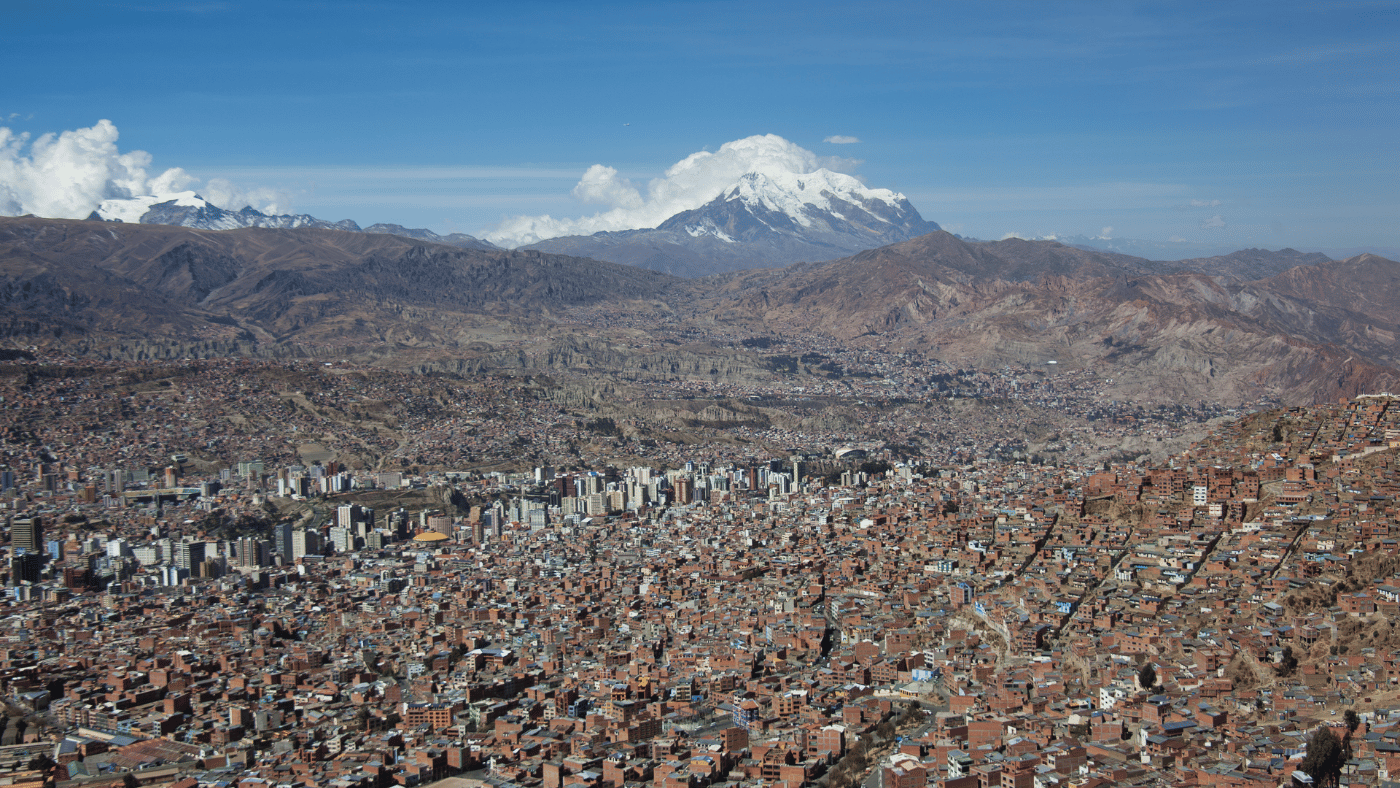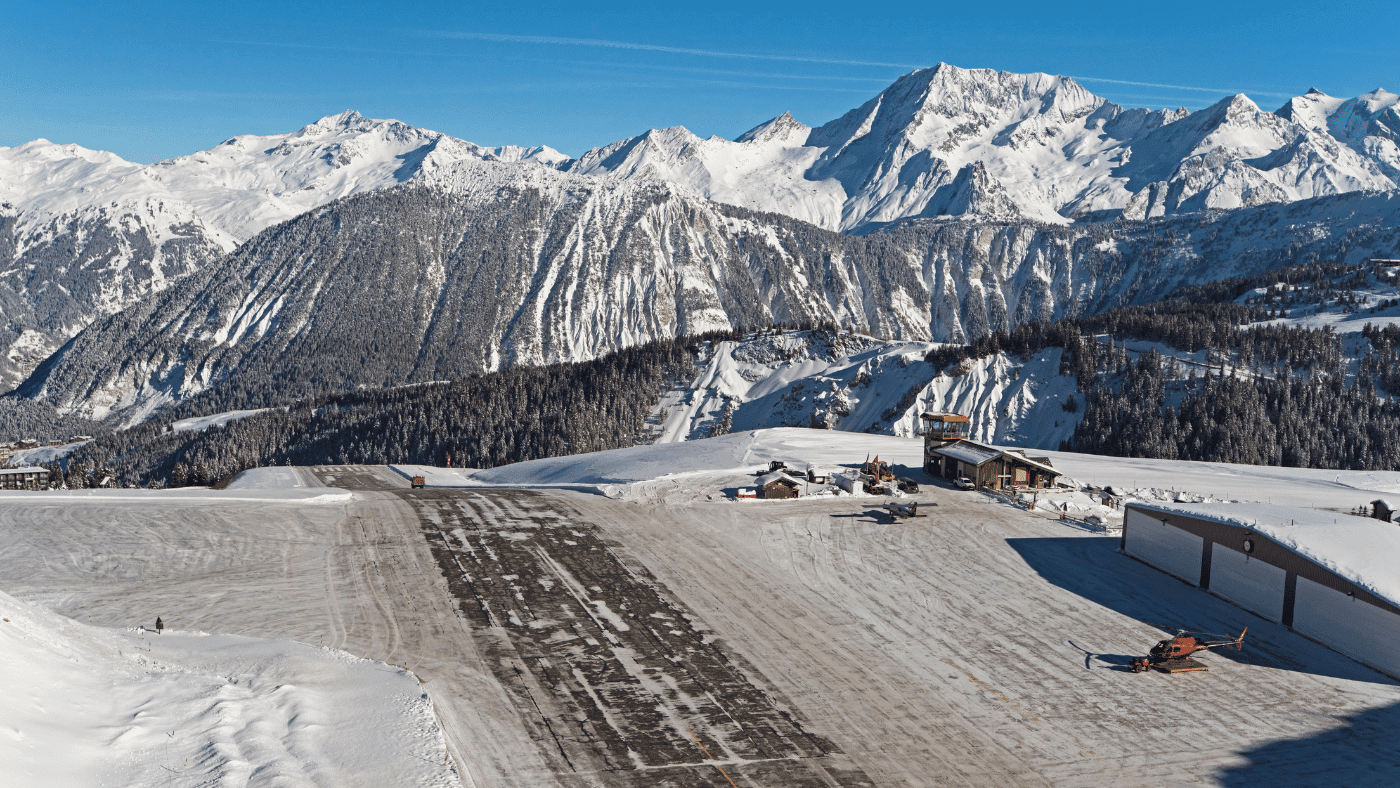Few things encapsulate the spirit of human ingenuity like the creation of airports. Among them, “Airports at Extreme Altitudes” stand apart, presenting a unique blend of marvel and challenge.
The Pinnacle of Aviation: World's Highest Airports
The crown for the highest airport goes to Daocheng Yading in China, a staggering feat nestled at an altitude of about 4,411 meters, or roughly 14,472 feet..
Daocheng Yading Airport is located in the Garzê Tibetan Autonomous Prefecture of Sichuan province in China.
The airport was designed as a gateway to the Yading Nature Reserve in the eastern Tibetan plateau, a place of stunning natural beauty with snow-capped peaks, clear blue lakes, and vast meadows.
The nature reserve is sometimes referred to as “the last Shangri-La” due to its breathtaking landscapes.
Closely following is El Alto International Airport in La Paz, Bolivia, perched majestically over 13,300 feet.
Opposite Ends: World's Lowest Elevated and MSL Airports
Diversity in elevation doesn’t always mean reaching for the skies. Bar Yehuda Airfield, located near the Dead Sea in Israel, sits at -1,240 feet, holding the title for the world’s lowest elevated airport.
When considering Mean Sea Level (MSL), Amsterdam’s Schiphol Airport is worth mentioning, fascinatingly resting below sea level.
The Himalayan Challenge: Leh's Elevated Runway
Among the pantheon of Airports at Extreme Altitudes, Leh’s Kushok Bakula Rimpochee Airport in India holds a special place.
Elevated at over 10,600 feet, it’s both an aviation hub and a gateway to the mesmerizing landscapes of Ladakh.
Adrenaline Meets Aviation: Courchevel's Thrilling Landing
Courchevel Altiport in the French Alps is not for the faint-hearted.
At 6,588 feet, it isn’t the highest, but its sloped runway amidst mountainous terrain makes every landing and take-off a heart-stopping experience.
Understanding the Challenges of Airports at Extreme Altitudes
Aircraft at high altitudes, like Bolivia’s El Alto, face reduced engine efficiency and wing lift due to thin air.
Swift decision-making, adapting to reduced response times, and navigating unpredictable weather patterns are daily norms here.
Tips for Flying to Extreme Altitudes:
- Hydrate Adequately. High Altitudes Dehydrate the Body Faster.
- Why it Matters: At higher altitudes, the air is thinner and has less moisture, which means every breath you take results in more moisture leaving your body. Additionally, our bodies tend to exhale and perspire more at higher elevations even though you might not feel it since the sweat evaporates more quickly in the thin, dry air.
- Effects on the Body: Dehydration can lead to a myriad of symptoms such as dizziness, headache, and fatigue. These symptoms can further exacerbate altitude sickness, which might present itself as nausea, shortness of breath, and confusion.
- Recommendation: Whether you’re a passenger transiting through or a pilot spending extended periods at high-altitude airports, it’s crucial to drink more water than you usually would at lower altitudes. Avoiding excessive caffeine and alcohol, both of which can increase dehydration, is also advisable.
- Understand Take-off and Landing Might Feel Different, Given the Longer Runways and Unique Topography.
- Aircraft Performance: The thin air at higher altitudes means aircraft engines produce less thrust and wings generate less lift. As a result, planes need to reach a higher speed to achieve the necessary lift for takeoff. This results in longer takeoff rolls.
- Runway Length: Due to the required higher takeoff speeds, runways at high-altitude airports are often longer than those at sea level. Passengers might notice a longer time on the runway before the plane becomes airborne.
- Topographical Challenges: Many high-altitude airports, such as those in mountainous regions, are surrounded by peaks and valleys. This topography can dictate unique approach and departure paths, and passengers might experience steeper ascent or descent angles compared to other airports.
- Always Check Weather Conditions. Mountainous Weather is Notoriously Unpredictable.
- Rapid Changes: Mountainous regions often see sudden and severe weather shifts. A sunny day can quickly turn into a snowstorm, or fog can roll in with little warning.
- Turbulence and Winds: Mountains can cause strong updrafts and downdrafts, leading to turbulence. Wind patterns around mountains can be complex, influenced by the terrain’s shape and altitude. For pilots, this necessitates extra caution and often more advanced training to handle the challenging conditions.
- Importance for Flight Planning: For pilots, understanding and anticipating these weather changes is crucial for safe flight planning. Regularly checking updated weather reports and having alternate plans is essential. For passengers, being aware of the unpredictability can help set expectations regarding potential flight delays or changes.
In essence, high-altitude airports are marvels of human engineering and adaptability, but they come with their own set of unique challenges that require both pilots and passengers to be extra vigilant and prepared.
A Common Query: Bolivia's Altitude Answered
“How high is Bolivia airport?” remains a recurring question. To clarify, Bolivia’s El Alto International Airport proudly stands at an altitude of 13,325 feet.
Embracing the Extremes of Aviation
Airports at Extreme Altitudes are testaments to human ambition, bridging the gap between the sky and the earth.
From the vertiginous altitudes of Daocheng Yading to the unique challenges of Courchevel, these airports remind us of the limits we push to connect the world.
Have you ever landed at one of these elevated wonders? Share your experiences and join the high-flying conversation!


